





Deer
How to Repel Deer
The best way to repel deer is by using a combination of commercial deer repellents and electronic solutions. Below, Havahart® provides step-by-step instructions teaching you how to repel deer as well as expert deer repelling tips.
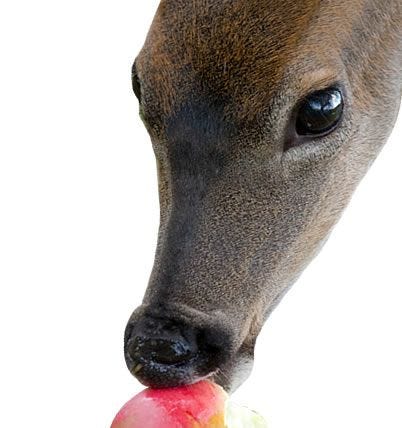
1 Identify Areas of Damage
Knowing the location and the scale of your deer problem will help you develop a repelling plan.
Popular deer activities include:
- browsing shrubs and ornamental trees
- eating fruits, vegetables and flowers
- resting or "bedding" on your lawn
- urinating or defecating on your lawn
- rubbing antlers against tree trunks
2 Choose the Best Deer Repellent
Once you've assessed the condition of your deer problem, you can select the best deer repellent(s) for you. Make sure that any commercial repellents you use contain either dried blood, putrescent egg, or capsaicin - active ingredients most proven to repel deer. For best results, use multiple types of repellents (listed below) at once; each provides their own kind of protection and will affect some deer more than others.
Liquid Spray Deer Repellents
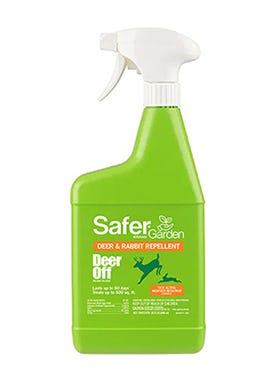
Best For: Preventing and/or discouraging deer from browsing particular plants. Apply liquid deer repellents onto and around plants that deer eat such as:
- flowers
- shrubs
- ornamentals
- trees
- vines
- seedlings
- bulbs
- fruits
- vegetables
TIP: Some repellents deter deer by scent, which prevents browsing by eliciting a neurological flight response. Others repel by taste, which discourages eating by making plants taste bad. Find a repellent that repels by both scent and taste for the best protection.
Shop Liquid Repellents »Deer Repelling Stations
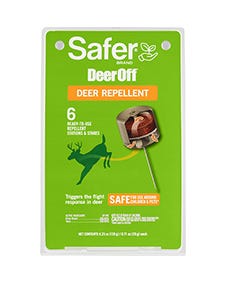
Best For: Season-long perimeter or area protection against deer. Weatherproof deer repelling stations are ideal for larger properties, since they only need to be applied once per growing season. Apply them in various ways, including:
- staked throughout vegetable gardens
- placed in planters or flower pots
- positioned around yard perimeters
- hung from trees or fences
These stations are made with a weatherproof casing that protects and distributes a scent repellent, which triggers a natural flight response in deer. Because the repellent won't come into contact with leaves or fruit, repelling stations are great for protecting vegetable gardens and edible crops.
TIP: Hang stations across a deer fence to improve its effectiveness.
Shop Deer Repelling Stations »Granular Deer Repellents
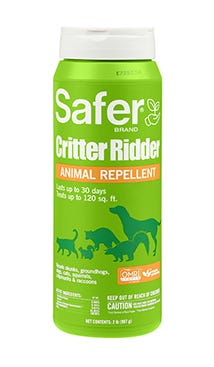
Best For: Creating a deer-repelling barrier around low-lying plants and shrubs. Sprinkle granular repellents periodically on or around vegetation like:
- flowerbeds
- small shrubs
- vegetable gardens
- ground cover
- grasses
- seedlings
Granules generally repel by scent and are designed to be sprinkled on the ground, so they're recommended for use in areas where deer may forage closer to the ground. This makes a granular repellent a great addition to a deer-repelling regimen, but perhaps not as effective if used on its own.
Shop Granular Repellents »Electronic Deer Repelling Posts
Best For: Negatively reinforcing browsing behavior on your property. For best results, stake in areas such as:
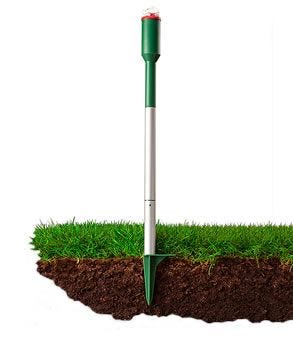
- along deer paths/trails
- around garden perimeters
- around yard perimeters
- between hedges
Electronic deer repelling posts act like an electric deer fence, but without the wires. Sweet-smelling lure is applied to the top of each stake, where the electrodes are located. Deer are attracted to the posts, and when one touches a set of electrodes with its nose, it receives a memorable shock that conditions it to stay away.
Shop Deer Repelling Posts »Motion-Activated Sprinklers
Best For: Frightening approaching or passing deer with sudden bursts of water. Motion water sprinklers are chemical-free and can be used to protect nearly any area, including:
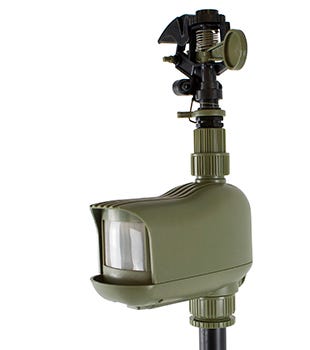
- vegetable gardens
- plants
- shrubs
- flowerbeds
- playgrounds
- yards/lawns
- ponds
- deer paths
- trees
Motion-activated sprinklers are revered as one of the best control options for deer, because they physically deter the animal in a humane way. The majority of products on the market require the connection of a hose to the unit as a source of water. An innovative hose-free version (self contained water source) is new to the market and allows for more convenient and discrete use.
TIP: For areas of higher deer pressure, use multiple motion-activated sprinklers, and periodically change the position of the sensor to keep deer on their toes.
Shop Motion-Activated Sprinklers »3 Apply as Directed
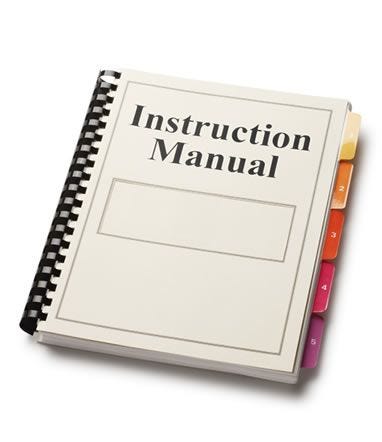
Make sure you follow your repellents' application directions. Below are critical points to keep in mind when using repellents:
- Most liquid repellents should not be applied directly to edible crops. Instead, spray them on the stems, leaves and surrounding non-edible plants until runoff occurs.
- Liquid and granular repellents must be reapplied periodically to remain effective - especially after rainfall.
- The spacing of your repelling posts or stations is critical for full perimeter protection. Placing them too far apart will create areas of vulnerability.
- A motion-activated sprinkler's sensor works by detecting an animal's body heat. The sensitivity of the sensor must be adjusted as the outside temperature changes in order to maintain the ability to detect this heat.
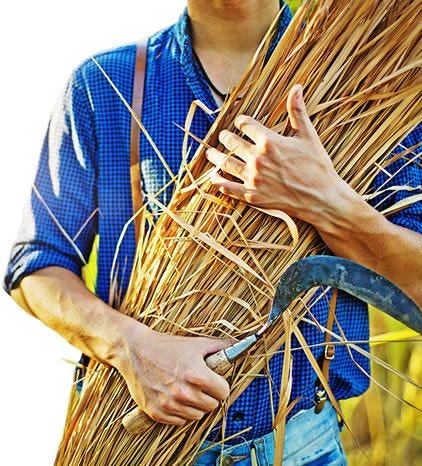
4 Reduce Attractants
As your repellents go to work, take some additional steps to make your yard less attractive:
- Harvest fruits and vegetables as early as possible to reduce vulnerability, and remove crop remnants immediately after harvest.
- Trim hedges, bushes and trees to scale back available cover.
- Remove bird feeders and birdbaths.
- Cut your grass regularly to deter bedding deer.
TIP: Replace plants with deer-resistant varieties. Deer prefer to forage close to cover, so plant any susceptible plants far away from wooded areas.
Expert Tips
- Deer are like humans; they're all different and react in their own ways to different stimuli. Employing multiple deer repellents will provide the best defense.
- Deer have extremely sharp senses of sight, sound, smell and taste. The more senses you can affect with your repelling plan, the more they'll want to avoid your yard.
- It's much more challenging to break a deer's habits than prevent them from starting. Begin repelling as early in the season as possible to establish your yard as a no-trespassing zone.
- Avoid homemade deer repellents; their effectiveness is inconsistent and unproven.
- Deer prefer new, tender growth, so pay particular attention to sprouting buds, ripening fruit, and developing plants. Reapply repellents when new growth occurs.
- Concentrated liquid repellents allow you to cover more area for less. Simply mix with water and shake well to get a sprayable repelling solution.
- Deer are social animals known to communicate with one another when they encounter danger. If you can frighten just one deer with an electronic repellent, you may be able to deter a larger group at the same time.
- In areas of especially high deer pressure, it's unlikely that repellents alone can completely eliminate your deer problem. In such a case, you may need to try exclusion tactics like fencing or netting.
